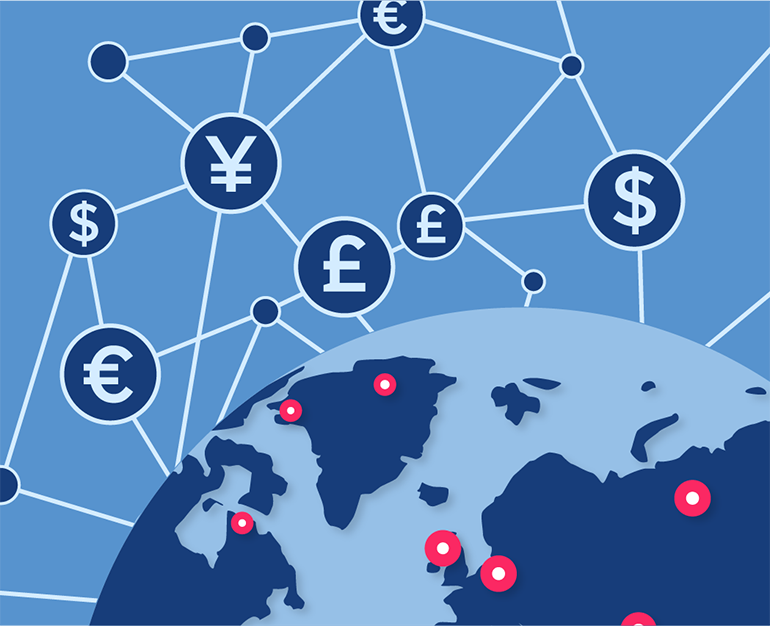
Sell your products or services to foreign customers?
If you do, you’re probably losing a chunk of your profits without realising it.
A Money Mover study reckons international trade is worth £700 billion a year to UK small and medium-sized businesses. But between 3% to 6% of that — a massive £42 billion — is lost to foreign exchange fees. Worse, 80% of SMEs don’t even know how much their bank is charging for foreign transactions.
With this in mind, we’ve put together a quick, two part, straightforward guide to exchange rates. In Part 1 of the article, we’ll cover:
An FX rate or exchange rate tells you how much a currency is worth compared to another. So, if the exchange rate from British Pounds to Euro is 1.178, for instance, that means £1 is worth approximately €1.18.
There are three main types of exchange rate:
Major currencies such as the US Dollar, British Pound, and Euro have floating exchange rates. This means their value — and, so, their exchange rates — go up and down in accordance with the laws of supply and demand.
When a currency’s exchange rate goes down, it’s cheaper to exchange to it. By contrast, a higher exchange rate means exchanging costs more.
The exchange rate usually goes down when:
The exchange rate usually goes up when:
A fixed exchange rate is the opposite of a floating exchange rate. Instead of fluctuating in accordance with supply and demand, a fixed exchange rate is set by the government and kept more or less the same in one of two ways:
Pegging means fixing the currency’s value to that of:
The Saudi Arabian Riyal, for instance, is pegged to the US Dollar. When the US Dollar’s exchange rate goes up, the Saudi Arabian Riyal’s exchange rate also goes up. And when the US Dollar’s exchange rate goes down, the Saudi Arabian Riyal’s exchange rate goes down too. The exchange rate between the Dollar and the Riyal is always the same, because of the peg.
The other way a fixed exchange rate stays constant is through government intervention. The government can control supply and demand in one of three ways:
A managed exchange rate is mid-way between fixed and floating.
Typically, the government will let the currency fluctuate, but only up to a point. If the exchange rate risks going too low or too high, it intervenes.
The Chinese Yuan is one example of this type of approach.
In Part 2 of the series on FX rates, we are going to talk about:
Want to boost your international sales without burning a hole in your profits?